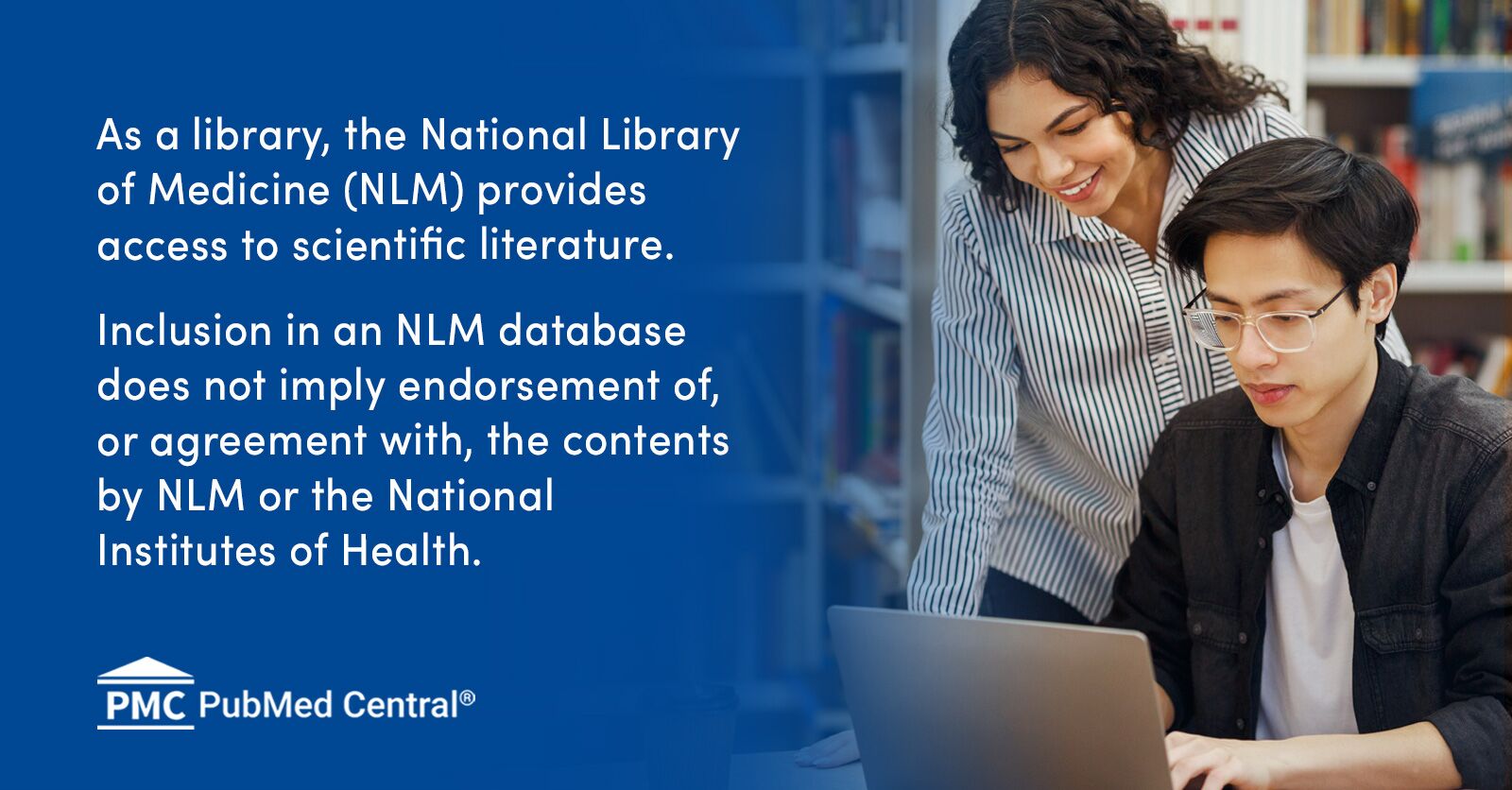Umm what? How many dose escalation trials have been negative - many many many, and has to do with lack of efficacy not dose limiting toxicity.
That’s a wild post. Wild.
I think
@yesmaster is right in a way.
Let's imagine that we could increase dose 50% without any increase in dose to OARs.
Now let's figure out what scenarios that this would not be beneficial to the patient?
I would say they are the following.
1. Additional dose is unnecessary (think lymphoma). Local control is already excellent at lower doses and there is no meaningful improvement for local control with higher doses.
2. Local control doesn't matter much, because competing risk of distant dissemination drives outcomes (this is pretty common for solid malignancies) or the cancer presents in older people who have other competing risks that overwhelm any benefit that may be seen by dose escalation (lots of pCa patients).
Now in reality, dose escalation always means some increase in dose to OARs, and an associated increase in toxicity that may negatively impact important outcomes in some way, perhaps through subtle mechanisms (e.g. increased immunosuppression or decreased compliance with systemic therapy).
In my mind, it is OK to consider the above factors and at times offer a dose that may not be in and of itself validated by phase III data (like 66 for lung where its a big squamous and gus ain't getting much and lung dosimetry is very good).
It is also a bit crazy to dose escalate for the tumors
@yesmaster offered above (gus, stomach, GBM).
Now for H&N cancers, we know that local control is uber important. We know that local outcomes drive survival outcomes and that chemo provides much of its benefit by enhancing local control. We know that local salvage is complicated and toxic. We also know that the natural history of H%N cancers is usually pretty brisk (most recurrences in first 2-3 years). So it's a cancer where one should be cautious about dose de-escalation as well as dose escalation (cause treatment is toxic AF).
Clinical trials only give us information on ensembles of patients. It's still OK to practice personalized medicine out there using the trials as guides. Therapeutic de-escalation happens every day for good reasons. This is why ITT and per protocol analyses can vary so much.



